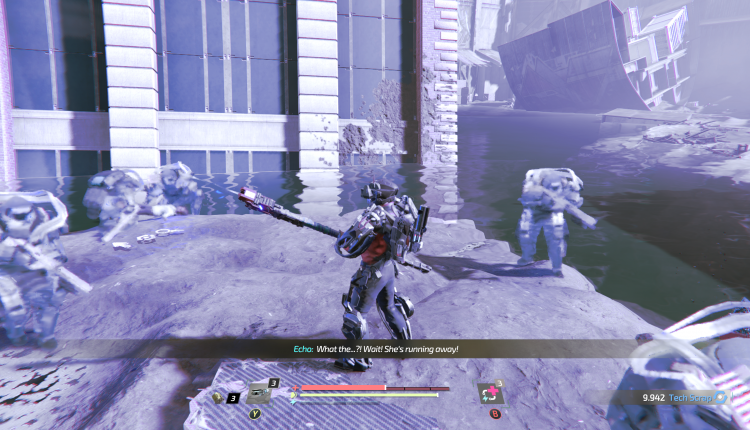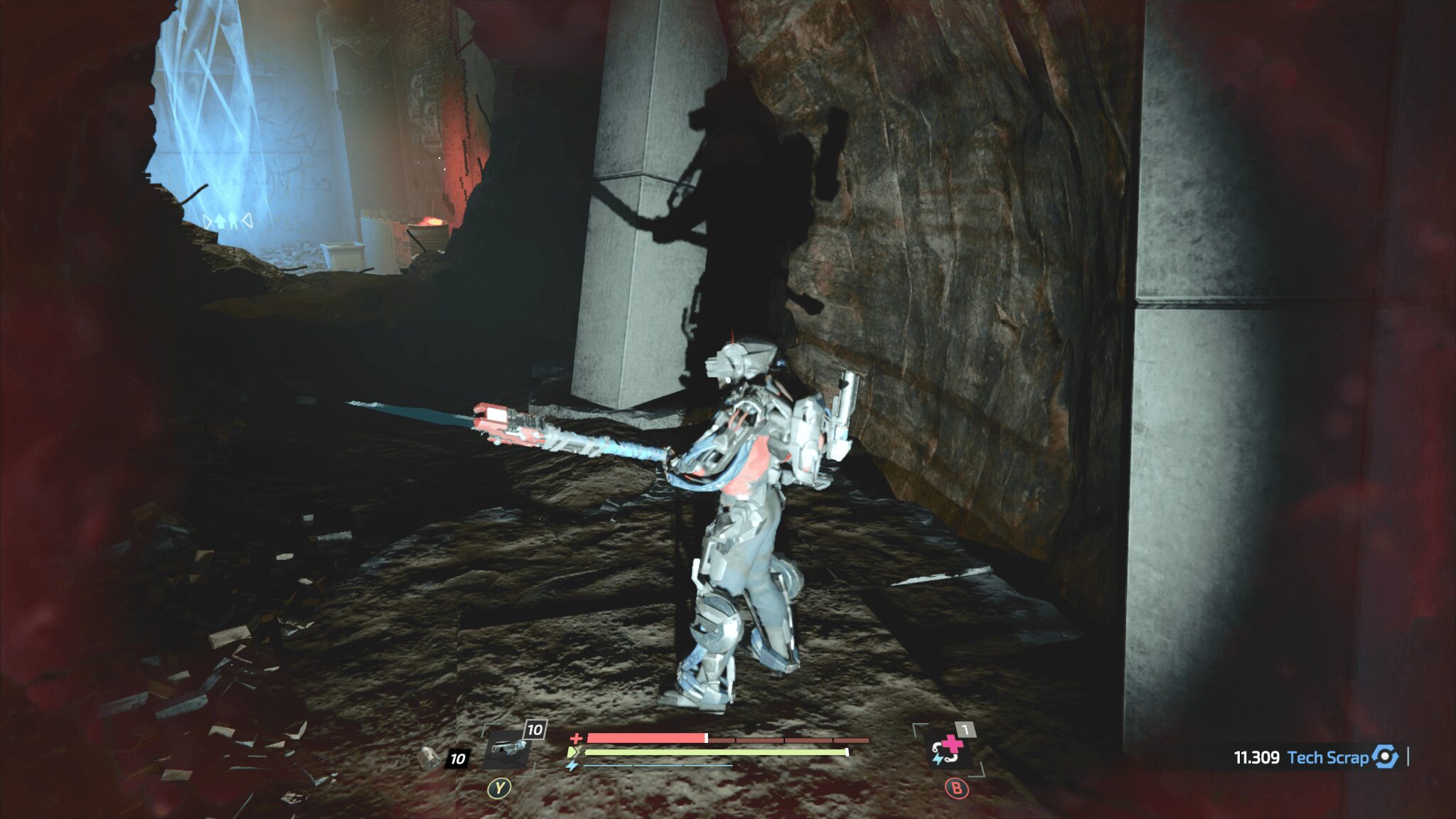The Surge 2 — Which way to Undead Burg?
After looking likely to have saved the world from nanite hell at the end of The Surge, the unexpected happens and the nanite swarm are released onto the wider, unsuspecting world in recently released sequel, The Surge 2.
It was an arduous task launching the rocket at the CREO factory in Deck13 & Focus Home Interactive’s The Surge, headed into the atmosphere to fix the problems caused by the meddling in AI and nanotechnology of CREO lead scientist, Jonah Guttenberg.. The hope of that ending fades away within the first 30 seconds of The Surge 2 as that rocket hits a private airliner on its way up and all hell breaks loose again.
Rather than the confined corridors of the factory to contend with, The Surge 2 opts for more variety in the coastal locale of Jericho City and takes you to a number of areas on your journey to stop the nanite swarm. Not only does this offer some much needed colour and variety in the level designs but also some space in which to combat the agile enemies thrown at you, something that caused frustration frequently in the original game. Those tight corridors still exist in certain areas and still deliver that uncomfortable nervous feeling the original game thrived on.

Graphically the game offered both a performance and quality option on the PS4 Pro, PC and Xbox One X — showcasing the 4K quality or fluid 60FPS gamers divide themselves over. It had a few vsync issues in performance mode but these were removed on quality mode. The game felt, at times, colourful but overly-brightened giving a washed out effect I couldn’t remove through TV or ingame settings. Lines are tight, models are complex and gruesome given the context and the nanite particle effects are well applied.
Now, back to the game. The masses have been evacuated and only the infected and a few stalwarts remain. Those contracting “Defrag” (the nanite disease) are either driven to madness or fused with their mechanical rigs and armour into something more sinister. To stem the chaos and contain the disease the government dropship in a response in the form of the AID military unit, but as the story unfolds everything isn’t quite as it seems at first glance.

The consequences of a forced evacuation comes through strong in the design of the city and its chaos. Vehicles, both crashed and abandoned, litter the streets, refuse collects on building corners and alleys where fires burn as buildings decay amidst the formation of gang territories. Those gangs and territories offering differing challenges in environmental hazards as well as the types of enemies, armoured rigs and weapons you face.
Although it is an open world experience you are gently guided to your objectives in the first few hours as you escape the prison hospital you awake in. You can take a few different paths but are generally locked off from wandering too far off course by gated mechanics earned through progression. The further you progress the more freedom you have to quest and hunt but at this point you have the experience required to survive (most of the time).
Surviving in The Surge 2 once again revolves around the brutal collection of schematics used to craft new rigs — mechanical exo suits fused into the players skeleton — weapons or ability implants. Those schematics can only be obtained through the detachment of limbs or body parts and you spend a lot of the game hunting these to change the defensive and offensive options available to you.

Rather than give you access to everything, the protagonist is limited by Core Power. Essentially your current level, this can be increased at a medbay through investment of Tech Scraps, The Surge’s monetary equivalent. Upgrading offers you more core power to utilise, module points which may be distributed in three core stats of health, stamina and battery as well as unlockable slots in which to install implants. Each rig and implant has a power value which offers some strategy on your build as to how best distribute those points to get your most effective build for your playstyle.
Targeting has been improved this time around and it’s easy to isolate what you want from an enemy whether it’s an arm holding a specific and interesting weapon or a leg if you need some new armour. Again the battery mechanic is used to power both implants and limb removal so building and retaining it becomes a common feature throughout the story.

Hitting enemies builds energy in the battery, with each weapon type offering differing energy gain. You need at least one battery (in most circumstances) to remove a limb or use an implant and given it decays when not attacking consistently you are always juggling the need to heal using an implant with saving the battery for those schematics you are hunting.
To further differentiate armour, each has a partial set and full set bonus received upon equipping half or all of it. Adding an additional tactical layer, this could mean limb removals cost no battery or that filling a battery provides health regen for a time. To make the most out of a given rig set though some grinding is required, especially since top level components are only available in around 6 enemies right before the final boss.

Attack options have evolved further with multiple drone attachments, well over 50 weapons, the addition of environmental and elemental damage, weapon impact (poise) and further defensive options including a directional counter and timed dodge and the returning evade mechanic. Combat feels weighty and judging attack distances, enemy strength and weapon style keeps you moving and the battles interesting.
The Surge 2 moves the franchise along with a welcome update in mechanics, engine, design and story. The bugs and issues of the original removed, it’s a great application of the Soulsborne formula but with its own distinctive features. At around 20-25 hours for the campaign the combat doesn’t get old and the weight of the combat, variety in the build options and the constant satisfaction of removing your adversaries arm/leg will have you returning for another run.
Comments are closed.